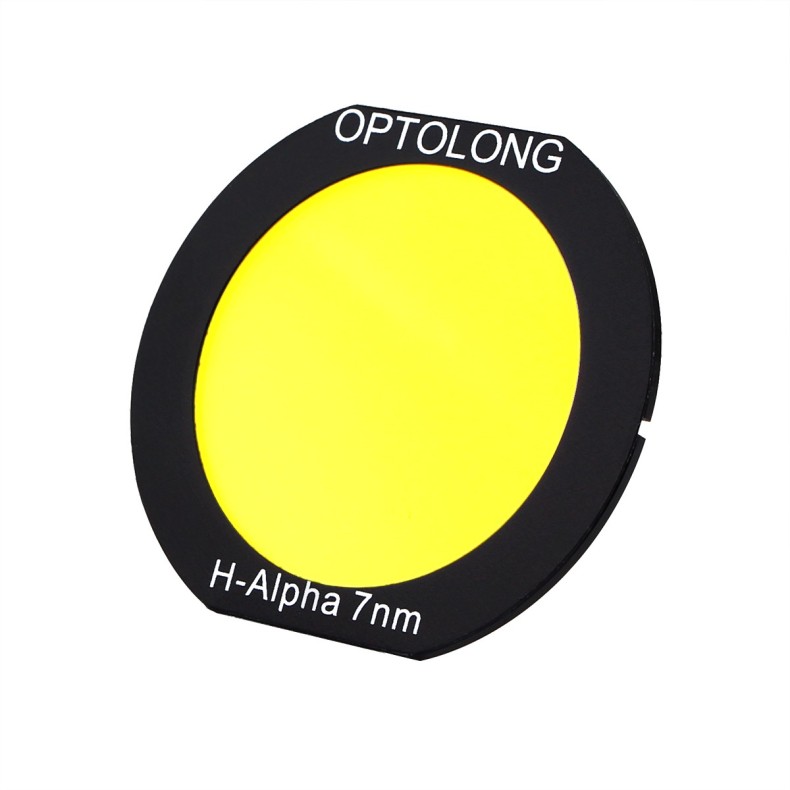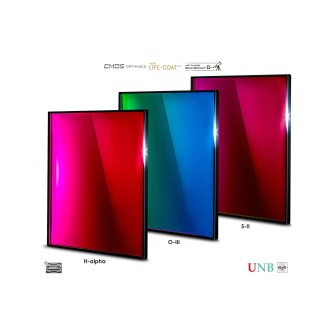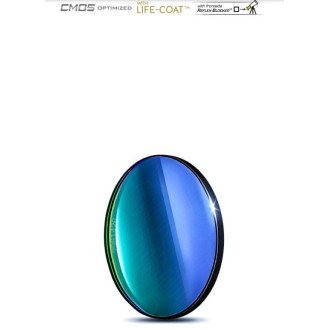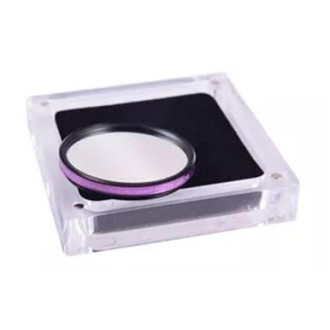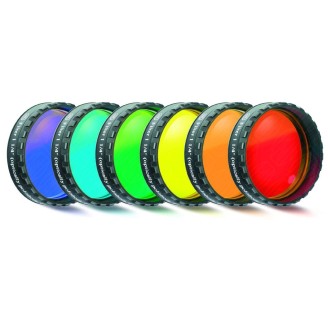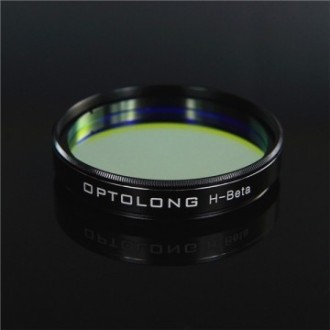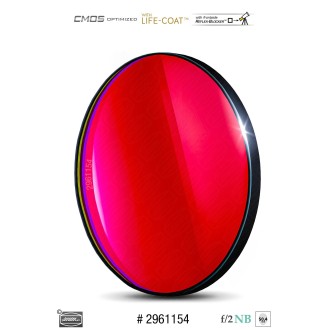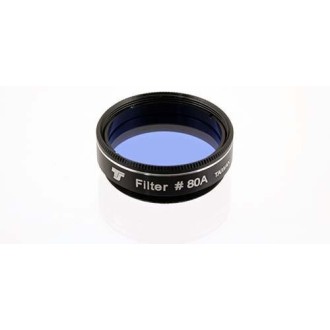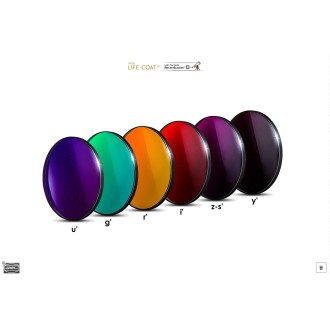
Filter Optolong H-A7 (H-Alpha 7nm) EOS APS-C Clip
Buy it now and receive it between on Thursday, 22 May and Thursday, 29 May with Home delivery - International
This narrow band filter offered by Telescopiomania is able to isolate the H-alpha line (656nm) of the visible spectrum, making it an effective barrier against stray light and is especially suitable for close study of the details of emission nebulae, providing high contrast and dramatically accentuating the details of this type of celestial objects.
| Carrier | Description | Estimated Delivery | ||
|---|---|---|---|---|
 |
Home delivery - International | Home delivery - International |
Thursday, 22 May - Thursday, 29 May |
|

Home delivery - International
Home delivery - International
Estimated delivery:
Thursday, 22 May - Thursday, 29 May
Filter Optolong H-A7 (H-Alpha 7nm) EOS APS-C Clip
Product Description
Narrow-band filters are able to isolate a single line of the visible spectrum for close study of celestial objects with strong emission in that color, making them particularly suitable for observing emission nebulae and Supernova remnants. In this case, it is the famous alpha line of the hydrogen spectrum, in which many nebulae emit, because the nebular hydrogen is in an excited state due to the energy it receives in the form of high-frequency light from neighboring stars. In order to switch to the normal state, the hydrogen gives off its additional energy by emitting light of a certain frequency, the equivalent of the H-alpha line, which you can now study in detail with the H-A7 filters of Optolong, offered by Telescopiomania.
Its high transparency (about 85%) in the H-alpha emission line (656nm) together with its low off-peak transmission (0.1%), make it a filter that provides a high contrast, accentuating spectacularly the details of the emission nebulae, always taking into account that nebular filters do not increase the brightness of the object to be observed, but they do increase the contrast between the nebula and the night sky; among other reasons, because by not allowing other wavelengths than H-α to pass through, it becomes an effective barrier against stray light (light pollution and natural celestial brightness caused by the emission of neutral oxygen in our atmosphere).
The filter is made with optical glass with a flatness level of λ / 4 on both surfaces (surface irregularities are
Its outermost coating with IRO source technology provides increased durability and scratch resistance, as well as CWL (center wavelength) stability unaffected by temperature changes.
The L-Pro has an ultra-clean substrate after passing through 13 ultrasonic cleaning tanks and purified water to effectively remove any remaining impurities and dust.
All L-Pro filters undergo a thorough quality control: each filter is individually tested with spectrophotometer and laser interferometer to ensure that its output spectrum and wavefront is adequate.
WARNING: This type of H-alpha filter is not designed for solar observation. YOU MUST NEVER DIRECT YOUR TELESCOPE TOWARDS THE SUN WITH THIS FILTER; you are in danger of being BLINDED if you fail to observe this warning.
Technical Specifications:
- Center wavelength (CWL): 656.3nm
- FWHM: 7nm
- Peak transmission
- Off-peak transmission: 0.1%
- Off-peak optical density: OD3 (0.1% transmission is equivalent to OD3, keeping in mind that high optical density indicates very low transmission).
- Working wavelength range: 300-1100nm
- Spectral windows of astronomical interest: Halfa (656.3nm)
- Surface quality: 60/40
- RMS of transmitted wavefront: λ / 4
- Parallelism (arcsec): 30"
- Format: Clip
- Size: EOS APS-C
Filter Optolong H-A7 (H-Alpha 7nm) EOS APS-C Clip

